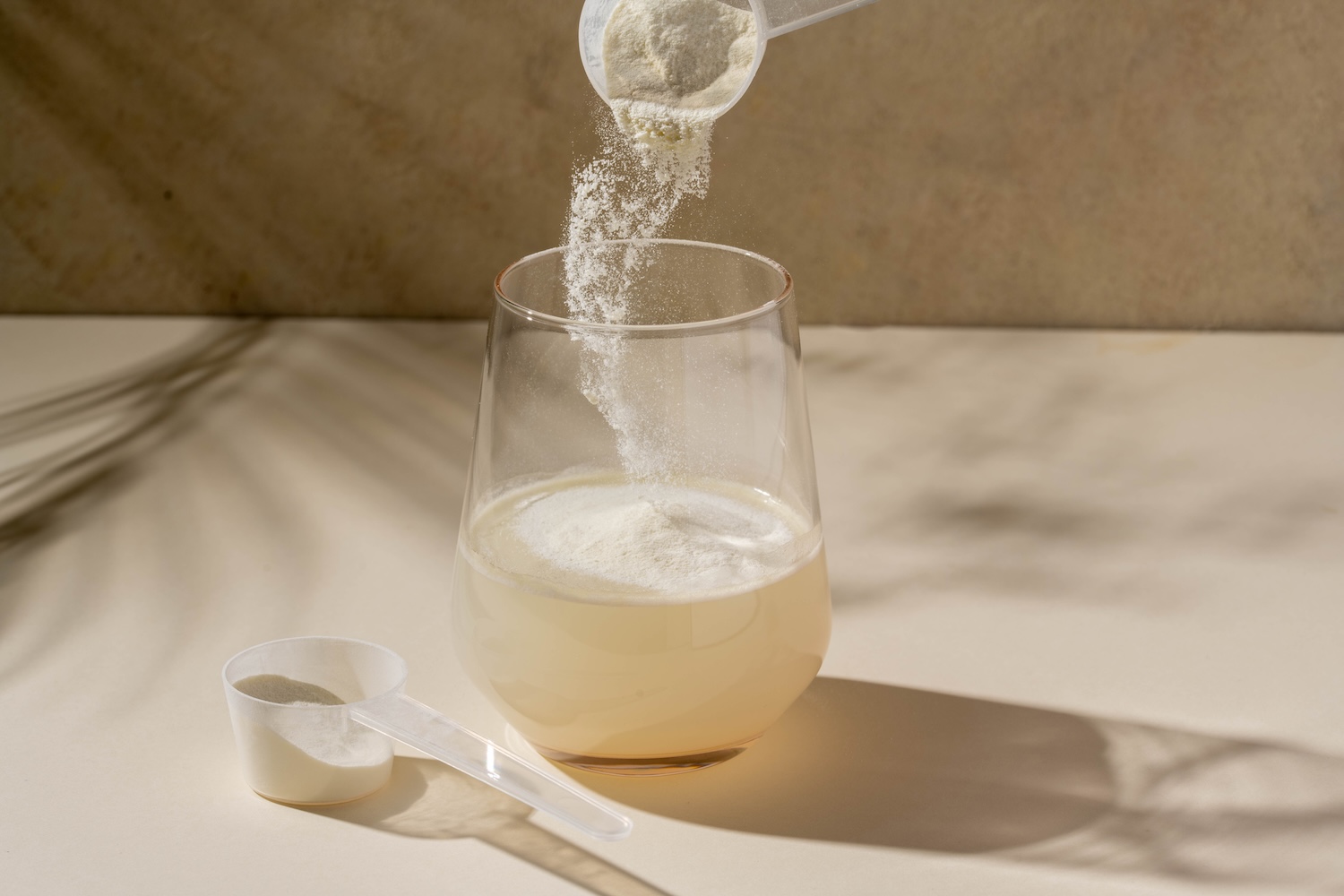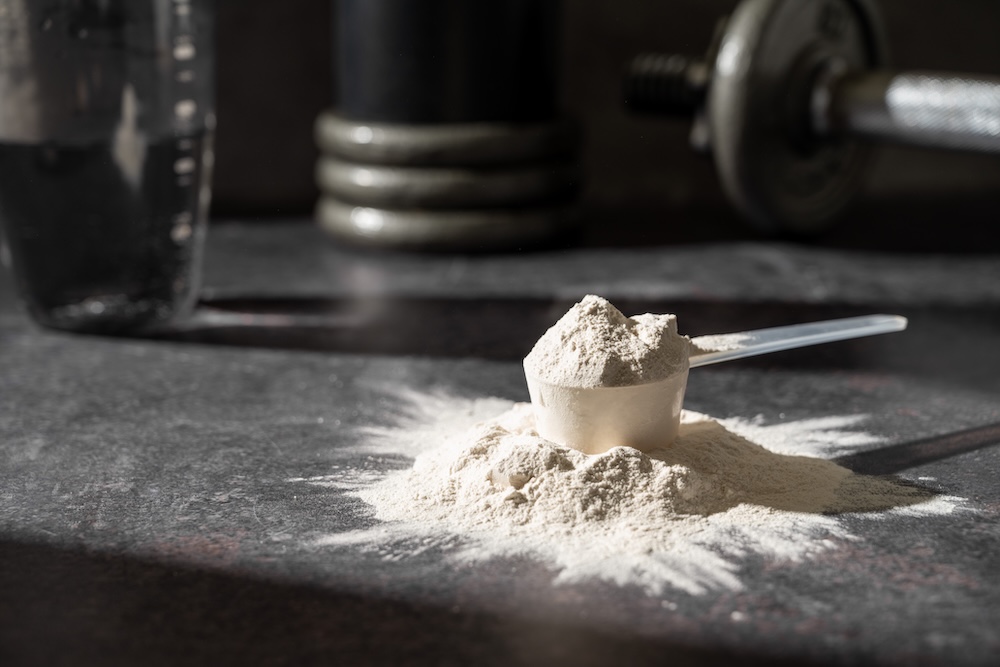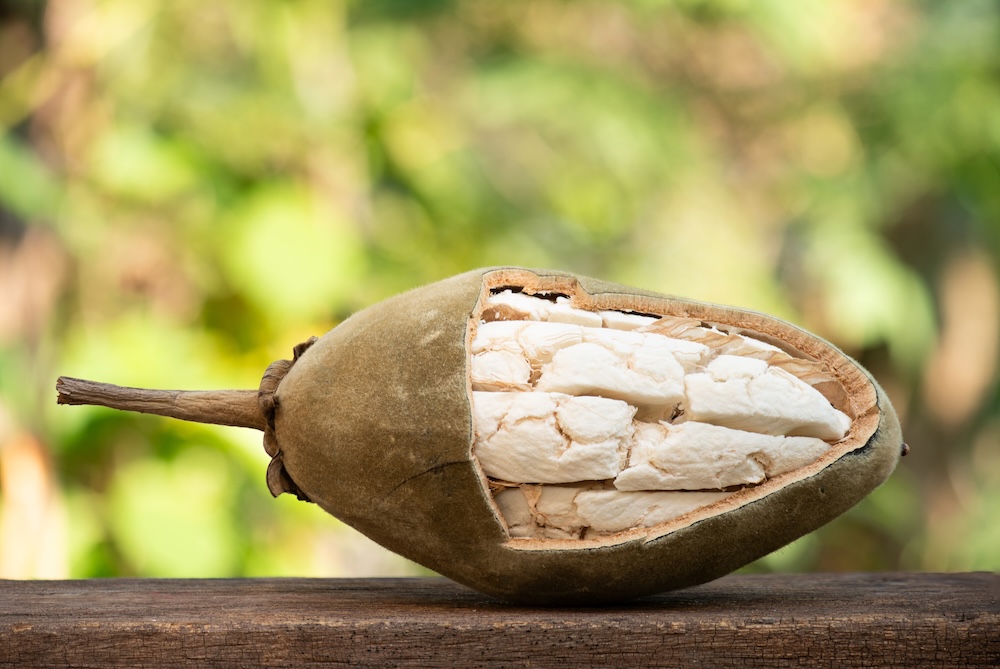D-ribose

D-ribose is a substance that's becoming increasingly well-known in the world of nutrition and supplements. Originally known primarily to athletes and those looking to support their energy supply at the cellular level, D-ribose is slowly gaining popularity among a wider audience. The supplement is increasingly on the list of people consciously choosing natural ways to support their daily energy and recovery. We'll explain what D-ribose is and how to use it.
D-ribose is a natural sugar that occurs naturally in the body. The "D" refers to the natural, right-handed form of ribose, as opposed to the L-form, which does not occur in nature. D-ribose is a key component of adenosine triphosphate (ATP), the molecule that provides energy for virtually all cellular processes. The body can produce D-ribose itself, but it is also available as a supplement.
• Contributes to normal energy metabolism
D-ribose plays a role in maintaining energy production in cells and supports the processes by which the body can release energy from nutrients.
• Contribution to muscle function
D-ribose supports muscle function by making energy available at the cellular level.
• Synergy with creatine
When combined with creatine, another well-studied supplement, D-ribose can further support energy production in muscle cells. Both substances contribute to energy availability at the cellular level, so together they can contribute to normal muscle function.
D-ribose is available as a powder. The usual daily dose is often between 5 and 10 grams of powder, spread out throughout the day, depending on the goal. It can be dissolved in water, juice, or other beverages. When combining with creatine, it may be helpful to take both supplements with the same meal or shake for optimal absorption.


